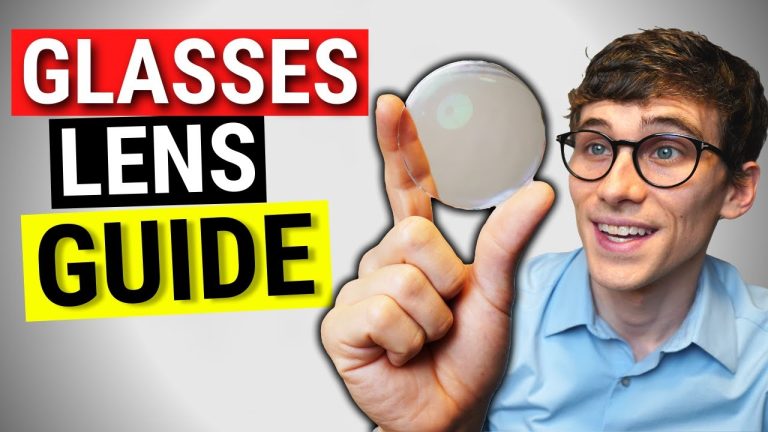How to Read Your Eyeglass Prescription
The Importance of Reading Your Eyeglass Prescription
If you wear eyeglasses, it’s important to know how to read your prescription. Your prescription is a set of numbers that describe your visual needs and help your optometrist or ophthalmologist determine the correct lenses for your glasses. Understanding your prescription can also help you choose the right frames and lenses to fit your budget and lifestyle.
What Do the Numbers Mean?
Your prescription will include several numbers and abbreviations, such as:
- OD (right eye) and OS (left eye)
- Sphere (SPH)
- Cylinder (CYL)
- Axis
- Addition (ADD)
OD and OS
The first things you’ll see on your prescription are the abbreviations OD and OS. OD stands for “oculus dexter,” which means “right eye” in Latin. OS stands for “oculus sinister,” which means “left eye” in Latin. These abbreviations tell you which eye the numbers refer to.
Sphere (SPH)
The sphere (SPH) number describes the amount of nearsightedness (-) or farsightedness (+) you have. The number is measured in diopters (D). A negative (-) number means you are nearsighted and need lenses to help you see far away. A positive (+) number means you are farsighted and need lenses to help you see up close.
Cylinder (CYL)
The cylinder (CYL) number describes the amount of astigmatism you have. Astigmatism is a condition that causes blurry vision due to an irregularly shaped cornea. The CYL number is also measured in diopters and has a positive (+) or negative (-) sign. A higher CYL number means you have more astigmatism and need stronger corrective lenses.
Axis
The axis number is measured in degrees and is often listed alongside the CYL number. It describes the angle of astigmatism in your eye. The axis is only relevant if you have a CYL number in your prescription.
Addition (ADD)
The addition (ADD) number is used for bifocal or progressive lenses. It is a positive (+) number that describes the additional magnifying power needed for near vision. The ADD number is added to the sphere (SPH) number for the reading portion of the lenses.
Choosing Your Frames and Lenses
Once you understand your prescription, you can choose the right frames and lenses for your glasses. Your optometrist or ophthalmologist can help you select frames that fit your face shape and style preferences. They can also recommend lenses that meet your visual needs and lifestyle.
There are many types of lenses available, including single vision, bifocal, and progressive lenses. You can also choose from different lens materials that offer various benefits, such as lightweight, scratch-resistant, or impact-resistant.
Final Thoughts
Reading your eyeglass prescription may seem daunting at first, but it’s an important step in ensuring you get the right glasses for your needs. If you have any questions or concerns about your prescription, don’t hesitate to ask your optometrist or ophthalmologist. With the right frames and lenses, you can see clearly and comfortably.
Contents
Most wanted in Hoya Vision:
What are prism eyeglass lenses?
Hoya Lens Engravings
What brand lenses does Costco use?
What does +0.25 mean on an eye test?
Do tinted glasses help with migraines?
Should eyeglasses cover eyebrows?
Hoya Identification Chart
What LED light is best for broken capillaries?
Does hyperopia worsen with age?
What is the difference between Ray Ban RB and Rx?
















